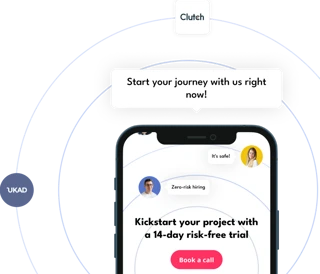During our manual testing of the UKAD website, we encountered a significant challenge. With a sprawling web presence exceeding a hundred pages, conducting individual reviews for each deployment proved excessively time-consuming. Moreover, the inherent monotony of such a task increased the risk of human error creeping in. It was evident that a more efficient approach was required.
In response, we opted to harness the capabilities of the pixel-by-pixel comparison tool, aShot. This tool presents a game-changing solution, enabling us to automate the testing of our GUI state. By doing so, we not only save time but also mitigate the potential for errors that arise from mundane and repetitive tasks. This transition reflects our commitment to streamlining processes and elevating the overall quality of our web development endeavors.
Here is a list of the used tools:
- Java 7
- Ashot
- Selenium WebDriver
- Jenkins
- Maven
- TestNG
- Xenu
First of all, we need to define the exact list of the pages to test. For this purpose we use Xenu. This tool simply check website URL, gets the URLs list, then filters not necessary entries (see the screenshot below)




